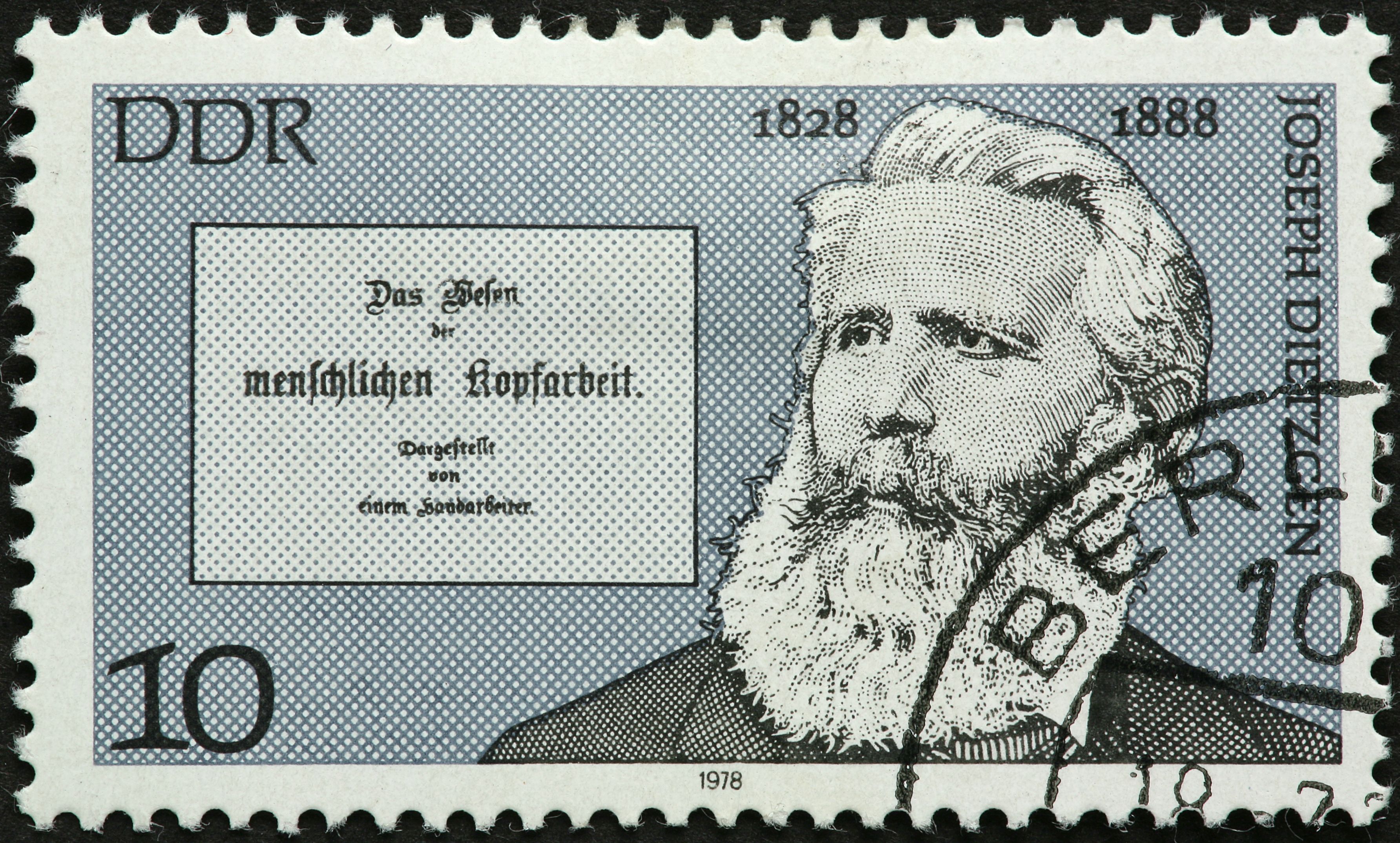Exploring Bateson's Impact on Communication Studies
Introduction to Gregory Bateson
Gregory Bateson was a pioneering thinker whose work has significantly influenced the field of communication studies. Known for his interdisciplinary approach, Bateson's ideas bridge anthropology, psychology, and cybernetics. His contributions have shaped how we understand communication not just as an exchange of words, but as a complex process involving multiple layers of meaning.
Bateson's work emphasized the importance of context in communication, introducing concepts that have become foundational in understanding human interactions. His theories continue to resonate in academic circles, influencing researchers and practitioners alike.

Bateson's Key Theories
The Double Bind Theory
One of Bateson's most notable contributions is the Double Bind Theory, which he developed while studying schizophrenia. This theory suggests that conflicting messages delivered within an important relationship can lead to profound confusion and stress. Although initially applied to mental health, the double bind concept has been expanded to explain various communication dilemmas in everyday life.
The double bind occurs when an individual receives two or more contradictory messages, with one negating the other. This situation creates a "catch-22," where the receiver is unable to resolve the inherent conflict, leading to anxiety and potential communication breakdowns.
Metacommunication
Another significant concept introduced by Bateson is metacommunication, or "communication about communication." Metacommunication involves the non-verbal signals or contextual clues that provide additional meaning to a message. These cues can include tone of voice, body language, or even silence.

Bateson argued that understanding metacommunication is crucial for interpreting interactions accurately. By focusing on these subtle cues, individuals can better grasp the underlying messages being conveyed, reducing misunderstandings and enhancing effective communication.
Bateson's Influence on Communication Studies
Cybernetics and Systems Theory
Bateson's work in cybernetics and systems theory has had a profound impact on communication studies. He viewed communication as a part of larger systems, where every interaction affects and is affected by other elements within the system. This perspective encourages a holistic view of communication, considering both individual components and their interconnections.
His systems approach has been instrumental in fields such as family therapy and organizational communication, where understanding the broader context is essential for resolving conflicts and improving cooperation.

Legacy and Continuing Relevance
Despite being developed decades ago, Bateson's theories remain highly relevant today. His ideas continue to inform research on interpersonal communication, conflict resolution, and the role of technology in human interactions. Scholars and practitioners alike draw upon his work to navigate the complexities of modern communication environments.
As technology evolves and changes the way we interact with each other, Bateson's insights into the importance of context and non-verbal cues become increasingly important. His legacy endures as we seek to understand and improve communication in an ever-changing world.
Conclusion
Gregory Bateson's contributions to communication studies have left an indelible mark on the field. His innovative thinking challenged conventional wisdom and opened new avenues for exploring how we relate to one another. By appreciating Bateson's impact, we can continue to develop more nuanced and effective approaches to communication in both personal and professional contexts.